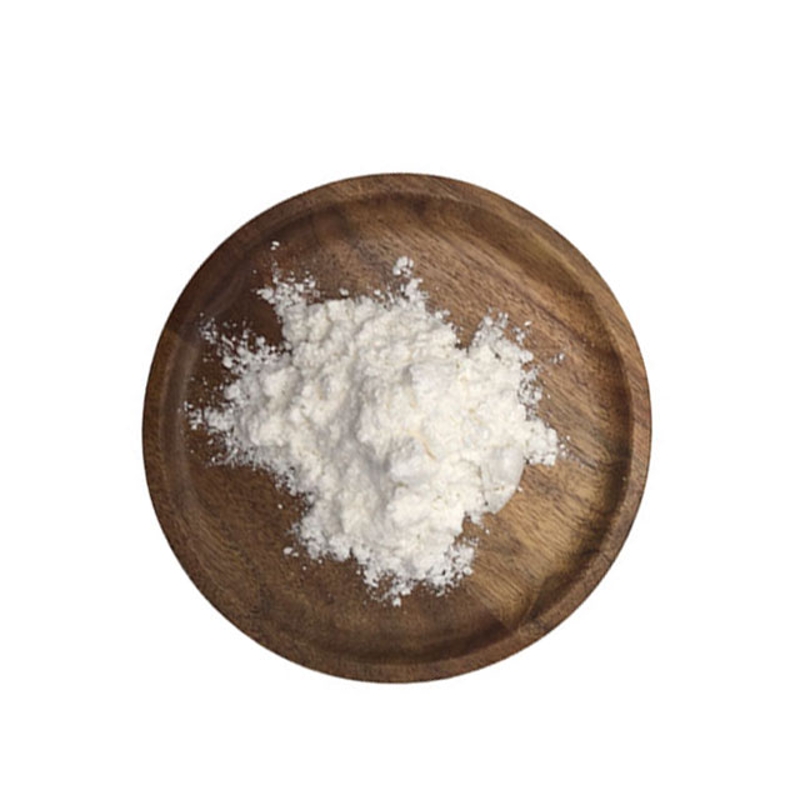-
Categories
-
Pharmaceutical Intermediates
-
Active Pharmaceutical Ingredients
-
Food Additives
- Industrial Coatings
- Agrochemicals
- Dyes and Pigments
- Surfactant
- Flavors and Fragrances
- Chemical Reagents
- Catalyst and Auxiliary
- Natural Products
- Inorganic Chemistry
-
Organic Chemistry
-
Biochemical Engineering
- Analytical Chemistry
- Cosmetic Ingredient
-
Pharmaceutical Intermediates
Promotion
ECHEMI Mall
Wholesale
Weekly Price
Exhibition
News
-
Trade Service
The microbiota has long been considered a key role in determining the health status of the elderly through its role in controlling digestive function, bone density, neuronal activity, immunity and resistance to pathogen infection
Digestive immune infection
In contrast, centenarians (100 years and older) are less sensitive to age-related chronic diseases and can survive several infectious disease attacks
Recently, researchers discovered that there is a unique gut microbiota in centenarians, rich in microorganisms that can produce unique secondary bile acids (BAs) , including iso-, 3-oxo-, allo-, 3-oxoallo -And isoallo-ritocholic acid (LCA)
Rich in microorganisms capable of producing unique secondary bile acids (BAs) Rich in microorganisms capable of producing unique secondary bile acids (BAs)
The isoLCA, 3-oxoLCA, alloLCA, 3-oxoalloLCA and isoalloLCA in the feces of centenarians are significantly increased
The isoLCA, 3-oxoLCA, alloLCA, 3-oxoalloLCA, and isoalloLCA in the feces of centenarians significantly increase the isoLCA, 3-oxoLCA, alloLCA, 3-oxoalloLCA, and isoalloLCA in the feces of centenarians.Odoribacteraceae strains are effective producers of isoalloLCA in vitro and in vivo.
IsoalloLCA can be effective against Gram-positive (but not Gram-negative) multi-drug resistant pathogens, including Clostridium difficile and Enterococcus faecalis.
Specific bile acid metabolism may be involved in reducing the risk of pathogen infection.
Original source:
Original source:Yuko Sato et al.
Yuko Sato et al.
Leave a message here







